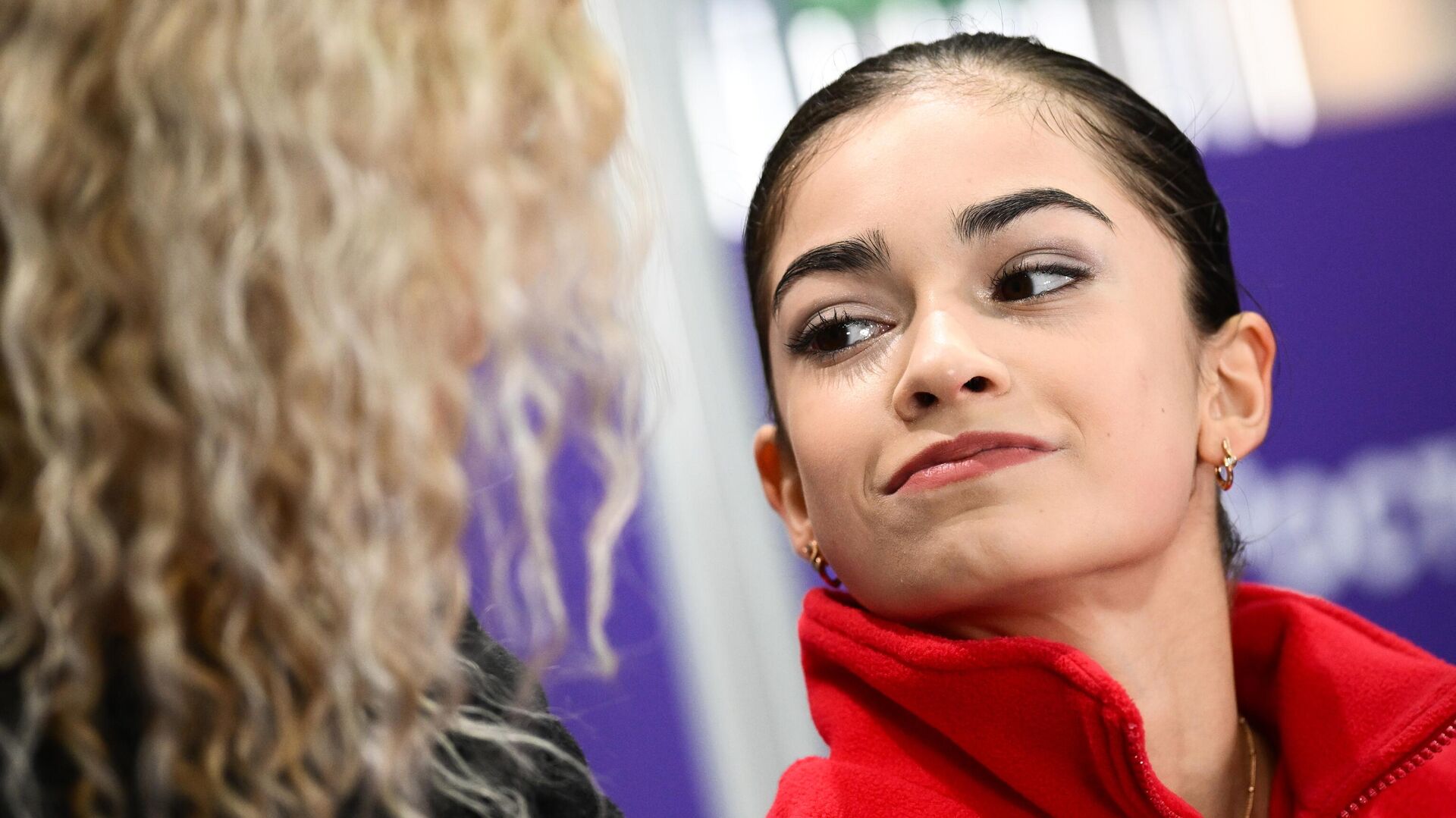
br>
Age limit in women's figure skating, adopted by the International Skating Union (ISU), did not make skating girls are more harmonious, he simply created more prominent conditions for men. About how the most discussed ISU idea is stalling — in the material Sport.
And you are stewing in the primordial broth
The trend towards a reduction in technical difficulty among girls was established in the summer of 2022. The ISU Congress, having raised the age limit to 17 years, targeted women specifically, not only in singles skating, but also in pairs. Both cases, which, according to union officials, became points of no return — the sudden death against the backdrop of turmoil in sports and in everyday life of the Russian-Australian girl Ekaterina Alexandrovskaya and the largest doping scandal involving a minor at that time Kamila Valieva — are aimed purely at the fair sex and do not affect men at all.
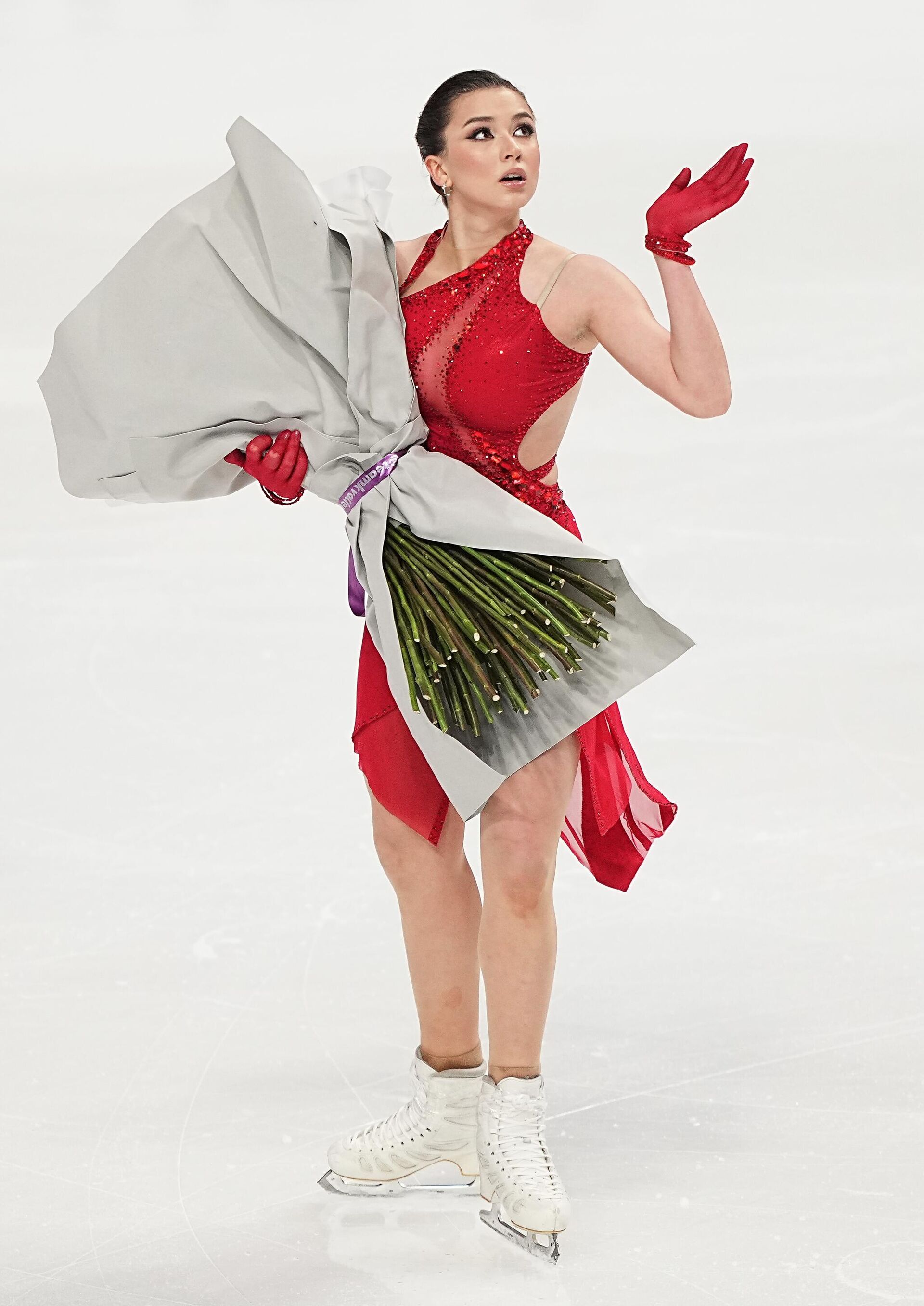
But this evolution, which gave an undeniable breakthrough to world figure skating and in terms of audience involvement (including those who were not previously interested in the sport), was treated barbarously by officials. It’s as if some force pushed the first inhabitants of the ocean that came onto land back — they say, there’s nothing for you to do here, continue to stew in your primordial broth. The environment here is aggressive and generally harmful. The example is rough, perhaps, but it conveys the essence quite accurately.
Instead of evolution, the ISU proposed adapting to a completely unfriendly environment. Instead of the traditional peak of 15-17 years old, there is a long path in juniors, which for most will almost certainly take their entire career. Entering adulthood at a time when many people enter puberty into an active phase, pushing records for quadruple jumps somewhere far away and for a long time. And if earlier the first season of masters became a powerful leap into the world of big victories, now, taking into account the natural processes of growing up, it threatens to become something faded and inexpressive.
Even before the qualification was adopted, our coach Sergei Davydov made a forecast for life after it. According to him, figure skating will reach an average difficulty of two quadruple jumps per free program. Some may do more, some less, but globally everyone will exist within this framework. They are optimal both from the point of view of the integrity of the programs and from the extreme capabilities of the adult female body.
But based on the first two seasons, according to the new framework, we can say that Davydov’s forecast was quite optimistic. And if last year many of us showed glimpses of ultra-si at the adult level, then this year only Adelia Petrosyan, Sofya Muravyova and Daria Sadkova succeeded.
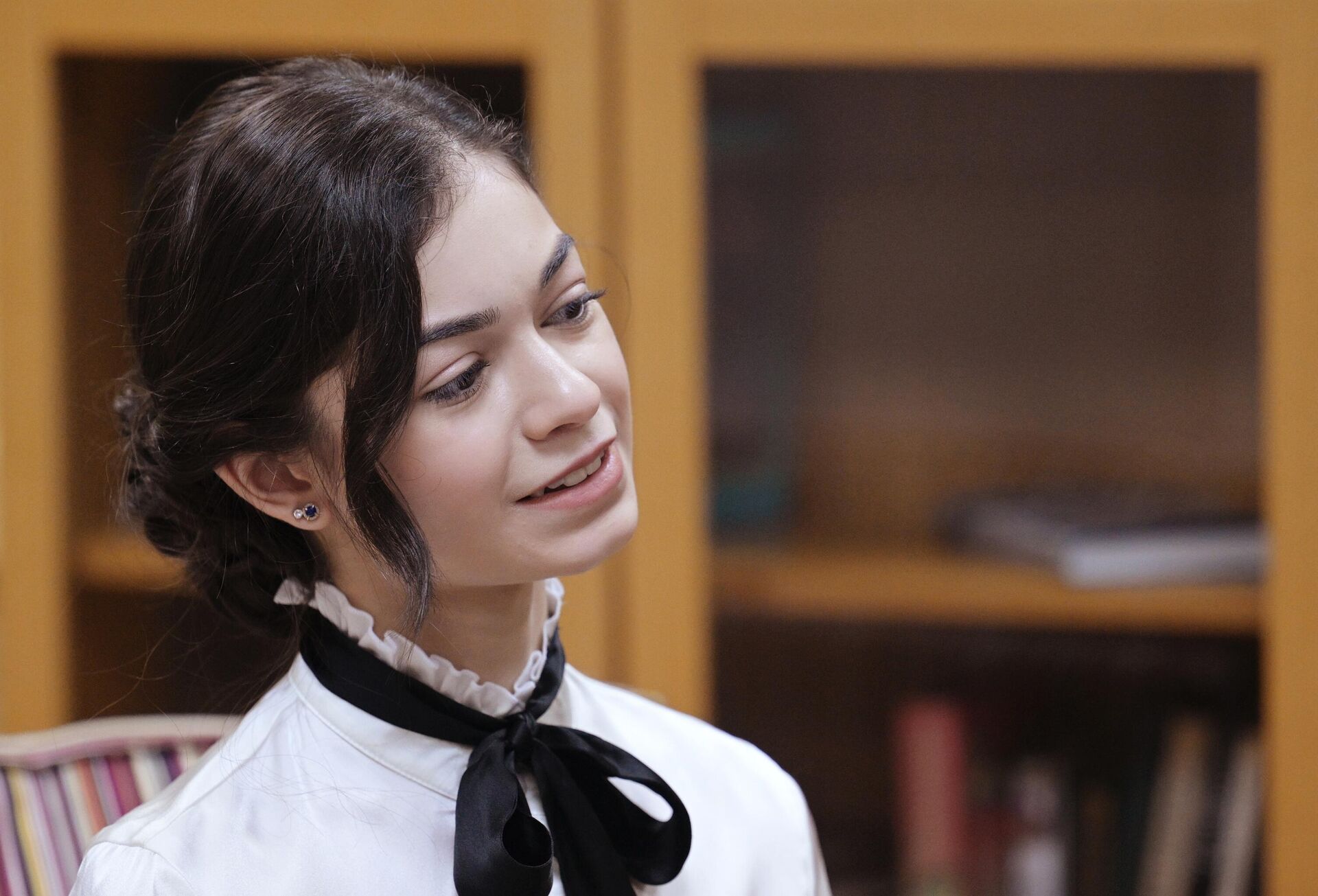
br>
At the same time, even Adelia at the end of the season began to notice fatigue due to the jumping load. In an interview with the Moscow Skater magazine, she said that it was the Russian jumping championship that caused her the greatest difficulties this year — and this, despite the fact that no one asks to skate full programs there. This is an alarming fact, given that at that time the national champion was only 16 years old.
How many quads would Shcherbakova and Trusova jump now?
Decreased wow effect against the backdrop of a drop in the number of ultra- si among women inevitably leads to an outflow of third-party audiences. At this stage, this does not feel so critical, and yet the attendance at this season’s tournaments showed a negative trend. And what is most surprising is that this had the strongest impact at the Russian jumping championship.
Who is guilty? On the one hand, of course, there is the age limit. Even without entering into full force (the restrictions of 17 years will only begin to apply from next season, for now it has been raised to 16), it has already begun to cut off talented jumpers from adult competitions. For example, this season 15-year-old Alisa Dvoeglazova, who knows several types of difficult jumps, was forced to skate among juniors. According to the old rules, she would have been performing in the masters for two years already.
In the future, the gap between bouncy children and honored women will only widen. Judging by what is happening now at junior competitions, the level of technical equipment among girls will definitely not fall. On the contrary, by creating an artificial bottleneck in juniors, the ISU forced them to desperately fight for inclusion in the national team with other outstanding jumpers, whom can only be defeated with a more advanced technical arsenal. And from now on this will continue not for a year or two, but for several years.
Moreover, what will be left of these children when they turn 17? A question that we will only get an answer to in a few years. But if you assume, anything is possible. On the one hand, the example of Anna Shcherbakova, Alexandra Trusova and Elizaveta Tuktamysheva showed that ultra-si can be done in adulthood. On the other hand, would they be able to maintain their health for an adult career if, from childhood, quadruple and triple axels became a production necessity for them?
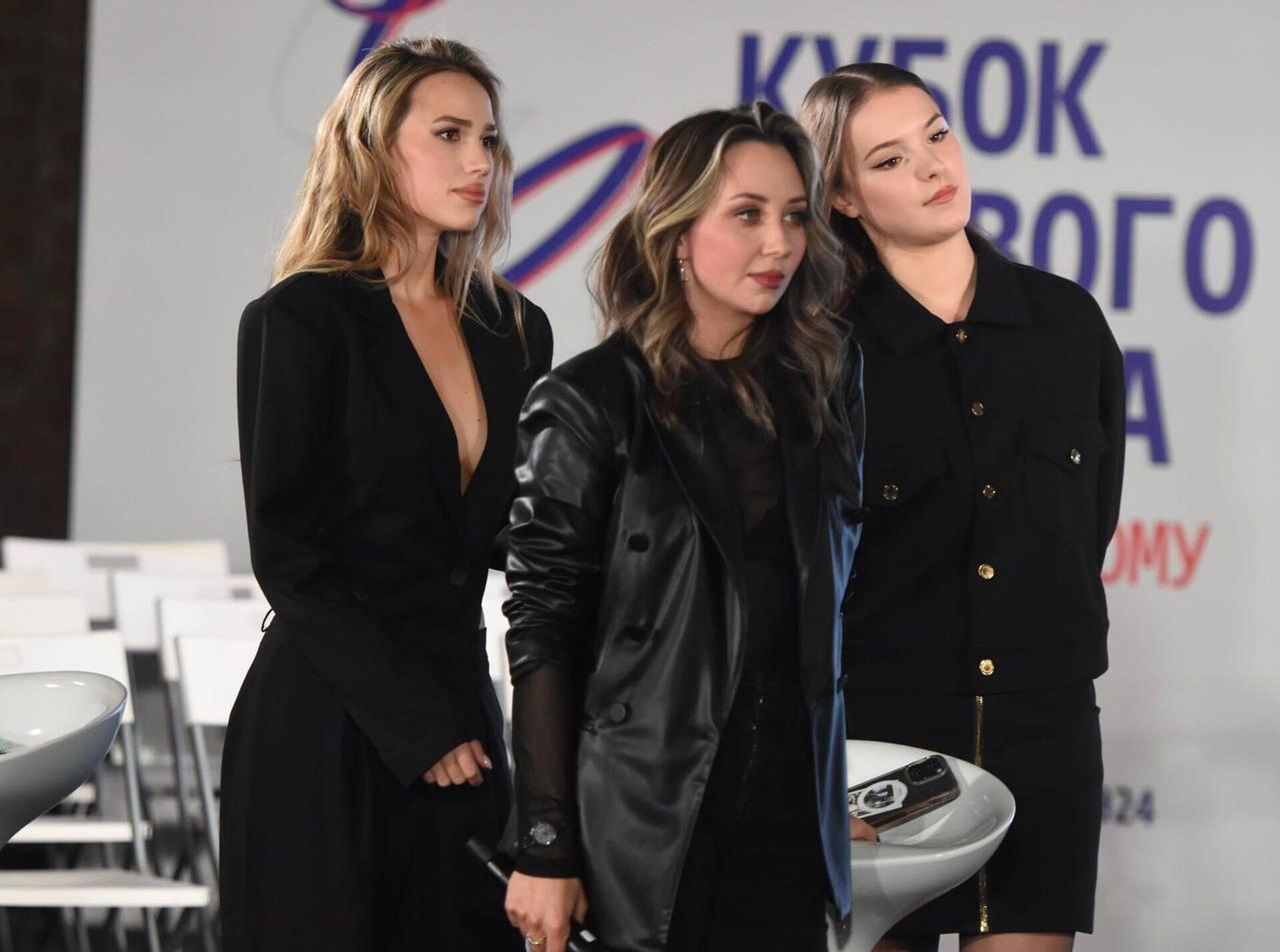
By the way, about Trusova, Shcherbakova and Tuktamysheva. Their departure is another important reason that brought down the level of difficulty in women's single skating. Perhaps, if there were no age limit, this factor would not have such a significant impact, but now it hits quite powerfully. For example, last season Tuktamyshev alone accounted for an average of three ultra-cs per tournament. Trusova and Shcherbakova went on pause after the Olympics, but everyone remembers very well what they did before and during it. And even today, if health and motivation allowed, they could easily jump a couple of quadruples, which by today’s standards is already quite a lot. The same applies to Kamila Valieva, but she is influenced by much more serious circumstances than personal motivation.
And yet we can say, that reducing the number of ultra-si in women is, in one sense or another, part of the ISU strategy. By their actions, the union officials seem to be returning the palm to men in matters of difficult jumps, while girls are supposed to be content with only occasional attempts, and the audience is supposed to get the wow effect from this. But such an attempt to turn the minced meat backwards is guaranteed to fail. After all, after the boom of quadruples like the last Olympic cycle, all this will be regarded as nothing other than degradation.
And legalization of the somersault alone will not correct this.




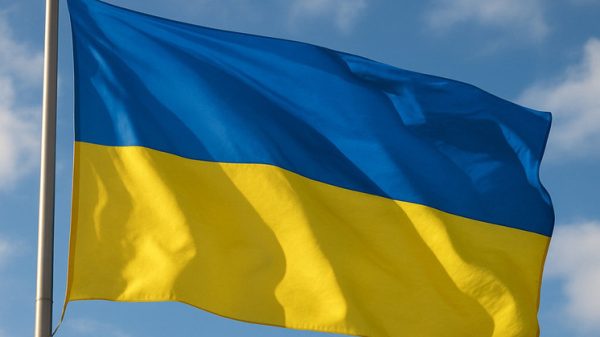



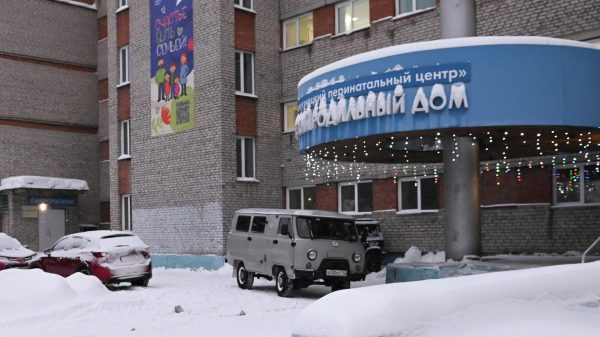

















































Свежие комментарии